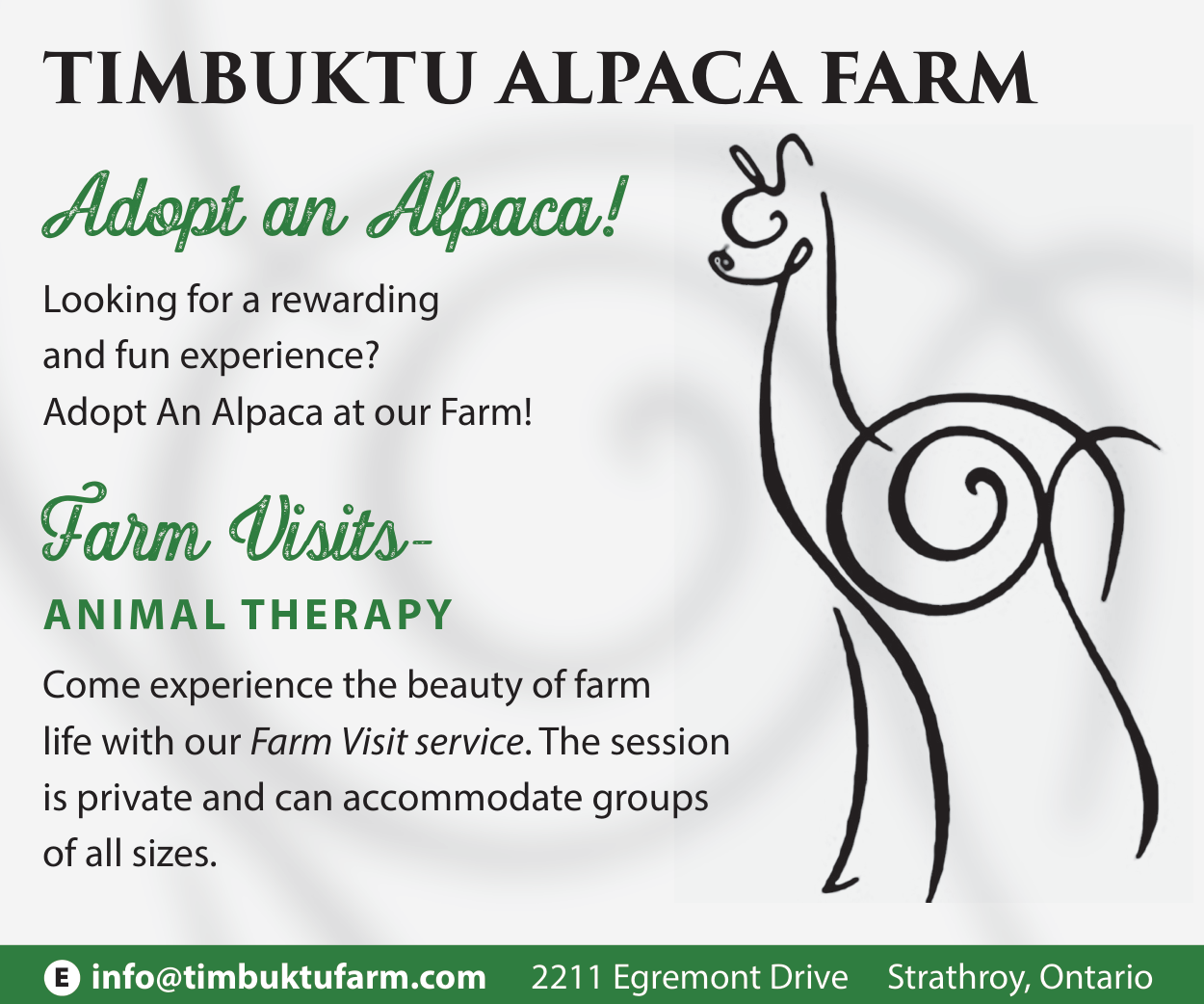I’m Leaning to the Side!
Scoliosis awareness month is coming up in June and we want to get a head start in educating you about this condition. What is scoliosis you may ask? Well, it is when the spinal column is no longer straight and the vertebral column is laterally curved in nature, appearing like a C or an S from the back. This curve can give the appearance that one is leaning to the side.
Technically, it is not considered scoliosis unless the curve is greater than 10 degrees. A curve can be present in the thoracic (upper) region of the spine, the lumbar (lower) region of the spine or between these regions (thoracolumbar region). Curves can also be single (C shaped) or double (S shaped).
There are three types of scoliosis:
– 80% of scoliosis diagnoses have no known cause and are classified as Idiopathic Scoliosis, which can be further classed as Infantile (under 3 years of age), Juvenile (3-9 years of age) or Adolescent (10+ years of age)
– Neuromuscular scoliosis occurs secondary to an underlying neuromuscular condition. Cerebral palsy, muscular dystrophy and spina bifida are all conditions with muscle imbalances that may pull the spinal column in different directions, resulting in scoliosis. Usually the goal of this type of scoliosis is not necessarily correction, but to prevent further deformity. After the majority of the child’s growth has occurred and if the curve is greater than 50 degrees, surgery is usually the next course of action with rods and pins to stabilize and correct the spinal curve.
– Congenital scoliosis is when the curve develops secondary to a misshapen vertebrae. For this type, if the child is in pain or the curve is progressing rapidly, surgery is indicated.
The progression of scoliosis is different for every individual however during growth is when we are most concerned of the condition worsening. Some of the common signs you can look for when determining if you or your child may have scoliosis are uneven shoulders, one raised hip, uneven waist, body leaning to one side, or a rib hump (scapula sticks out on one side when you bend over). Treatment of scoliosis can include but is not limited to: physical therapy (to help increase muscular strength to improve alignment), orthotic bracing (TLSO) to apply the pressures necessary to improve or prevent further deformity, or surgery. If you feel like you may have scoliosis, please reach out to your doctor and they can do a physical examination or send you for X-ray imaging.
The Custom Orthotics Team (519) 850-4721 | office@customorthoticsoflondon.com | @cool_bracing














